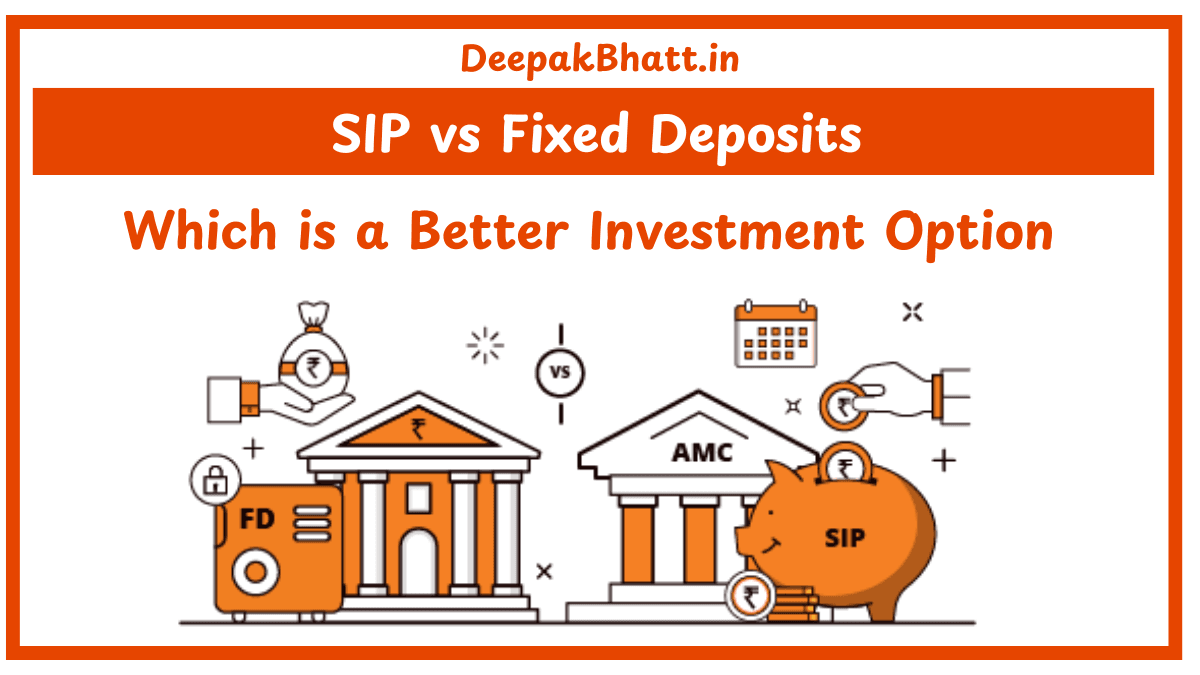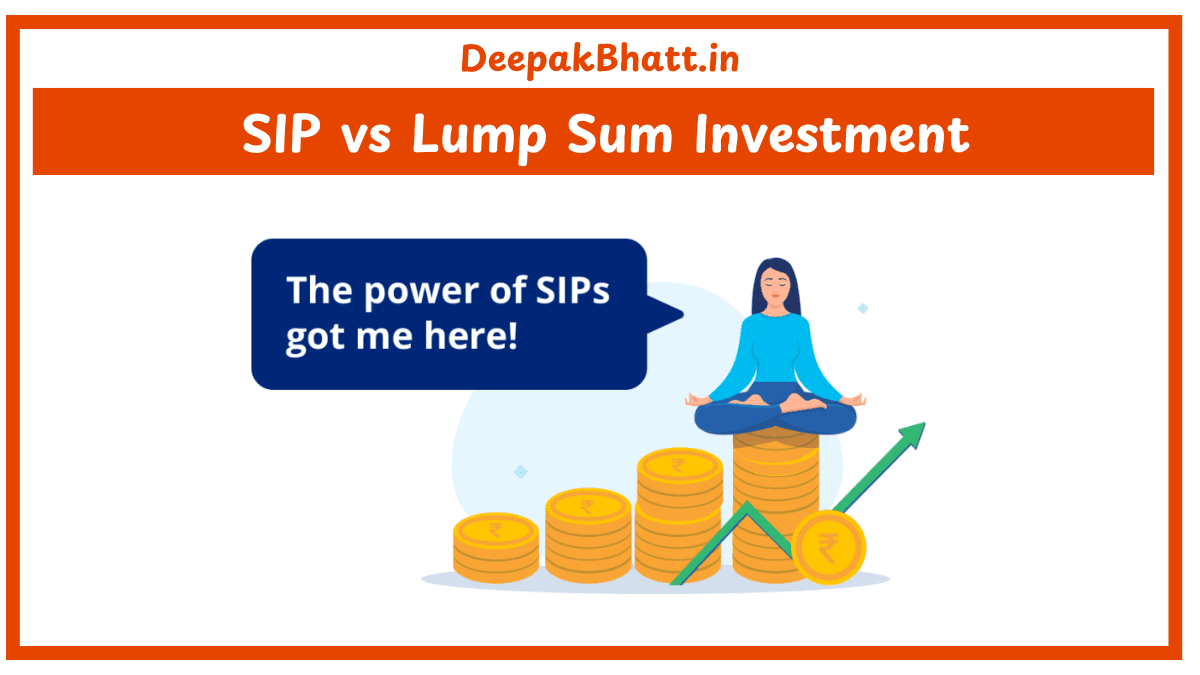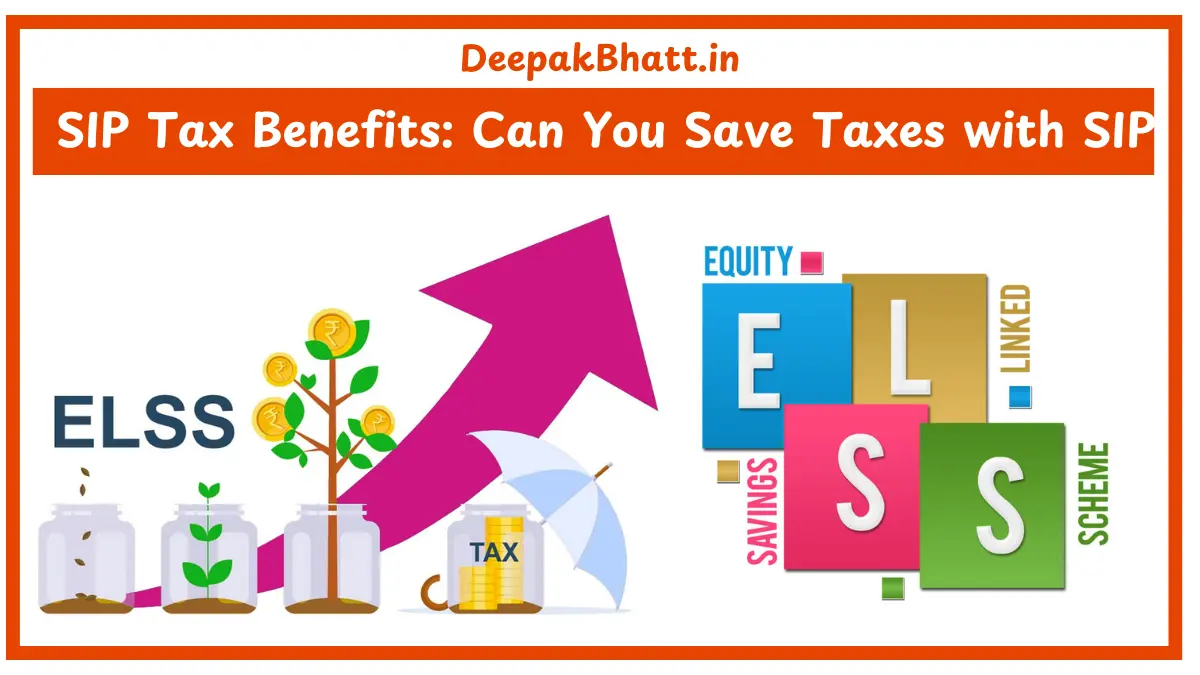What is Interest: A seemingly simple word, holds immense significance in the world of finance.
It’s not just a term thrown around in conversations about loans and investments; it’s a fundamental force that shapes the dynamics of borrowing, lending, and wealth accumulation.
In this comprehensive guide, we’ll dive deep into the concept of interest, unraveling its various forms, applications, and implications in the realm of personal and economic finance.
- 1 What is Interest?
- 1.1 Types of Interest
- 1.2 1. Simple Interest
- 1.3 2. Compound Interest
- 1.4 3. Nominal Interest Rate
- 1.5 4. Real Interest Rate
- 1.6 5. Prime Rate
- 1.7 Applications of Interest
- 1.8 1. Loans and Credit
- 1.9 2. Investments
- 1.10 3. Savings Accounts
- 1.11 The Impact of Interest Rates on the Economy
- 1.12 Managing Interest: Tips for Borrowers and Investors
- 1.13 1. For Borrowers:
- 1.14 2. For Investors:
- 1.15 Frequently Asked Questions (FAQs)
- 1.16 Q1: What is the difference between simple and compound interest?
- 1.17 Q2: How do interest rates affect the economy?
- 1.18 Q3: Can interest rates change over time?
- 1.19 Conclusion
What is Interest?
Interest, in its essence, is the cost of borrowing money or the compensation for the use of money.
When you borrow funds, you pay interest to the lender as a fee for the temporary use of their capital.
On the flip side, when you deposit money in a savings account or invest, you earn interest as a reward for allowing others to use your funds. This seemingly simple exchange forms the basis of interest in finance.
Types of Interest
1. Simple Interest
Simple interest is calculated only on the principal amount, which is the initial sum of money. The interest does not compound over time, meaning it remains constant throughout the specified period.
It is a straightforward method commonly used in short-term loans and straightforward financial transactions.
2. Compound Interest
Unlike simple interest, compound interest takes into account both the principal amount and the accumulated interest from previous periods.
As interest compounds, the amount grows exponentially over time. This makes compound interest a powerful factor in long-term investments and savings, contributing significantly to wealth accumulation.
3. Nominal Interest Rate
The nominal interest rate, often referred to as the stated or face interest rate, is the percentage of interest stated on a loan or financial product without accounting for inflation.
It represents the cost of borrowing or the return on investment before factoring in the impact of inflation.
4. Real Interest Rate
The real interest rate adjusts the nominal interest rate for inflation, providing a more accurate picture of the actual purchasing power or return on investment.
It reflects the true cost of borrowing or the actual gain from an investment when inflation is taken into consideration.
5. Prime Rate
The prime rate is the interest rate that banks offer to their most creditworthy customers. It serves as a benchmark for various other interest rates in the financial market, influencing rates on loans and credit cards.
Applications of Interest
1. Loans and Credit
Interest is a fundamental component of loans and credit. When you borrow money through a loan or credit card, you agree to pay back the principal amount along with interest.
The interest rate determines the cost of borrowing, influencing monthly payments and the overall affordability of the loan.
2. Investments
Interest plays a pivotal role in the world of investments. Whether it’s through bonds, savings accounts, or other financial instruments, investors earn interest as a return on their capital.
Compound interest, in particular, can significantly amplify the growth of investments over time.
3. Savings Accounts
Savings accounts provide a safe haven for depositors’ funds, offering interest as an incentive to keep money in the account.
While the interest rates on savings accounts might be lower than other investment options, they provide liquidity and security.
The Impact of Interest Rates on the Economy
Interest rates have a profound impact on the economy, influencing spending, investment, and inflation.
Central banks use interest rates as a tool to control economic growth and maintain stability. When interest rates are low, borrowing becomes cheaper, encouraging spending and investment. Conversely, high-interest rates can help control inflation but may hinder economic growth.
Managing Interest: Tips for Borrowers and Investors
1. For Borrowers:
- Understand the Terms: Before taking on a loan, carefully review the terms, including the interest rate, compounding frequency, and any additional fees.
- Improve Credit Score: A higher credit score often results in lower interest rates. Take steps to improve your creditworthiness for better borrowing terms.
- Consider Refinancing: If interest rates drop or your credit improves, consider refinancing existing loans to secure more favorable terms.
2. For Investors:
- Diversify Investments: Spread your investments across different asset classes to minimize risk and optimize returns.
- Reinvest Earnings: Take advantage of the power of compound interest by reinvesting earnings and letting your investments grow over time.
- Stay Informed: Keep abreast of economic trends and interest rate movements to make informed investment decisions.
Basics of Personal Finance: Getting Started
A Personal Finance Guide Tutorials
Learn Personal Finance 101 Free Video
Frequently Asked Questions (FAQs)
Q1: What is the difference between simple and compound interest?
A: Simple interest is calculated only on the principal amount, while compound interest takes into account both the principal and accumulated interest from previous periods. Compound interest has a compounding effect, leading to exponential growth over time.
Q2: How do interest rates affect the economy?
A: Interest rates influence spending and investment. Low-interest rates stimulate economic activity by making borrowing cheaper, while high-interest rates can control inflation but may slow down economic growth.
Q3: Can interest rates change over time?
A: Yes, interest rates can change based on economic conditions, inflation rates, and central bank policies. They are subject to fluctuations in the financial market.
Conclusion
In conclusion, interest is a multifaceted concept that permeates every corner of the financial landscape.
From the cost of borrowing to the rewards of investing, understanding the nuances of interest is crucial for making informed financial decisions.
Whether you’re a borrower aiming to secure favorable terms or an investor seeking optimal returns, the dynamics of interest play a pivotal role in shaping your financial journey.

















